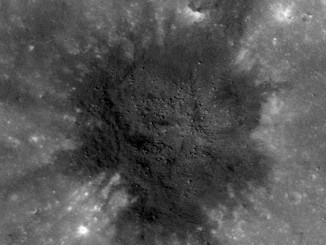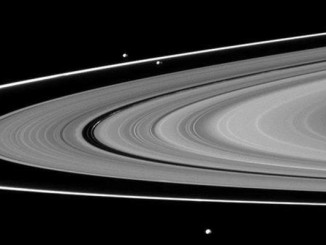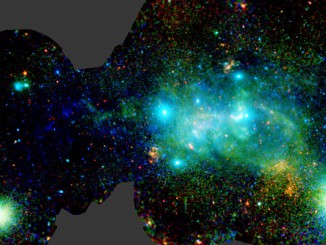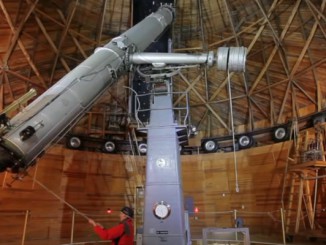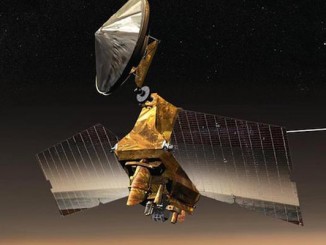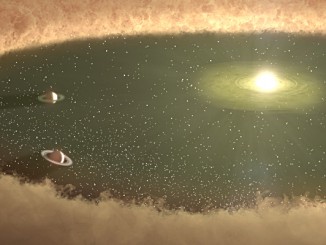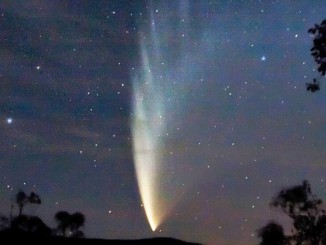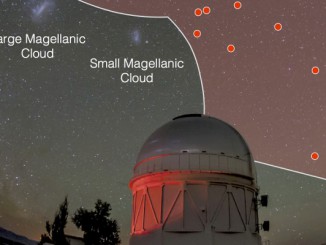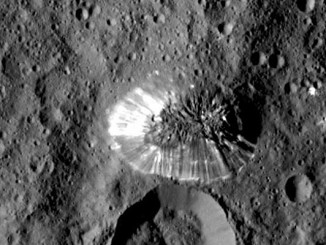
Dawn sends sharper scenes from dwarf planet Ceres
NASA’s Dawn spacecraft has delivered the closest-yet views of Ceres, showing the dwarf planet’s surface in unprecedented detail — including the small world’s mysterious four-mile-high conical mountain. At its current orbital altitude, Dawn takes 11 days to capture and return images of Ceres’ whole surface at a resolution of 450 feet (140 metres) per pixel.

